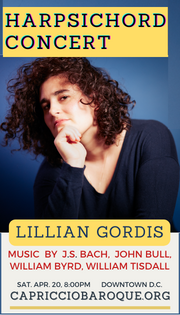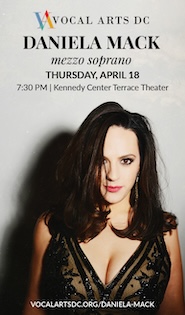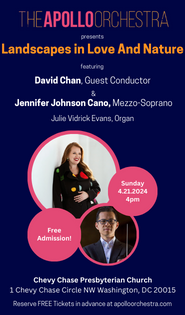Noseda, NSO open season with a jazzy, enlightening salute to Paris
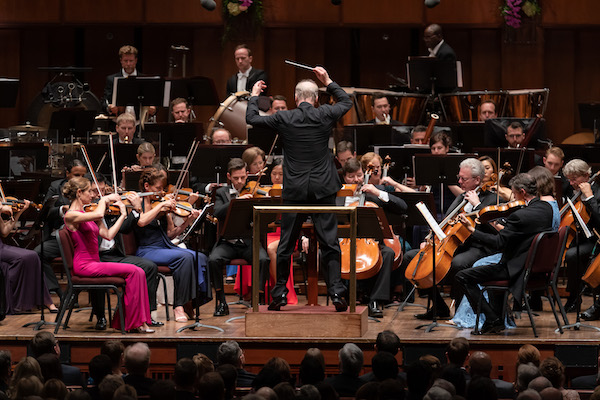
The espresso-intense buzz of Gianandrea Noseda’s tenure was palpable in the Kennedy Center Concert Hall Saturday night, as the Italian conductor opened his third season as music director of the National Symphony Orchestra. The annual season-opening gala concert drew two Cabinet secretaries, ambassadors from five countries, and two Supreme Court Justices among the distinguished guests.
Kennedy Center chairman David Rubenstein announced that donations received during the evening totaled more than $1.5 million. After Rubenstein came the first speech of the new NSO Board Chair, Ronald Abramson, who succeeds Jeanne Ruesch. He provided more evidence of the Noseda uplift at the NSO, including the hiring of sixteen new musicians and the orchestra’s upcoming tours this season, to New York, Japan and China.
From the critic’s perspective, one of the best features of the Noseda era is that the programming of these inaugural galas so far has not been merely tolerable but consistently alluring. This year’s theme, as Noseda explained during one of the extensive seating changes, was Paris in the Jazz Age. Oddly, no French composers graced the bill, although all but one featured in this concert made the City of Light his home for a time. All of them admired and imitated the sound of jazz.
Bernstein’s Divertimento served as a fizzy apéritif, a suite of miniatures in a range of styles showing off the composer’s in his compositional mimicry mode. Highlights included the evanescent, lopsided “Waltz,” the delicate patina of sound easily revealing charming string solos. The oboe solo in “Mazurka” had a pleasing, shy quality, down to the quotation of the surprise oboe solo from the first movement of Beethoven’s Fifth Symphony. The best movement, “Blues,” had the lazy pacing of a trashy burlesque act, punctuated with wah-wah trombone and sighing trumpet.
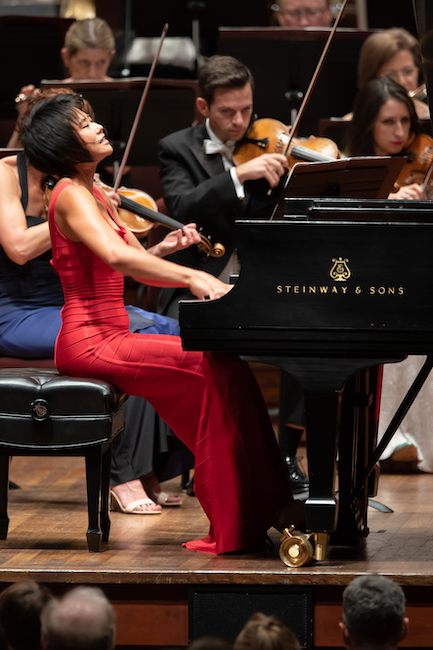
Yuja Wang delivered the most dramatic part of the evening, the star pianist attacking Shostakovich’s action-packed Piano Concerto No. 2 with tornadic force. Delicate moments also abounded, in the opening sections of the first movement and especially the seraphic tenderness of the slow movement, the composer’s tribute to Rachmaninoff and Chopin. Wang hammered the octaves and staccato cavalry charge fanfares with pitiless fury.
Noseda and a lean selection of musicians dashed after Wang in near-perfect lockstep. The muted strings in the elegiac middle movement were a particular highlight. Wang whipped the third movement into a mad galop, insipid scales whirring up and down in the composer’s joking reference to Charles Hanon’s ever-present technical exercises from The Virtuoso Pianist. The display was a breath-taking tour de force that required no encore and sadly got none.
Everything that Bernstein had attempted in his Divertimento earlier in the evening was done better by Stravinsky and Shostakovich in three popular music-infused pieces heard together here. Stravinsky’s jokey Circus Polka, commissioned for a Balanchine ballet with circus elephants, featured lumbering solos for trombone, tuba, and other bass instruments. Stravinsky wrote it and the Scherzo à la Russe during his early years in the United States. In the latter, written first for jazz ensemble and then arranged for orchestra, Stravinsky merges Russian folk idioms, reminiscent of his score for Petrushka, with jazz elements.
Although he chose the orchestral version of the Stravinsky Scherzo, Noseda followed it with Shostakovich’s Suite for Jazz Orchestra No. 1. Concertmaster Nurit Bar-Josef went to the right side of the stage to sit among the unusual hodgepodge of instruments, including three saxophones, banjo, and an upright piano played by Lisa Emenheiser. The result was utterly eclectic, down to the off-key solo for Hawaiian guitar.
The evening concluded magnificently with Gershwin’s An American in Paris. This was not the piece one is used to hearing but the original orchestration recently restored in the critical edition of Mark Clague. This meant not only the more dissonant tunings of the four taxi horns Gershwin used, but a return to Gershwin’s more complex saxophone parts and less prominent percussion.
With lush string playing, excellent solos from English horn and bluesy trumpet, the old chestnut shone like new. By the end, it was clear that Noseda had accomplished a mini-marvel, a jazz-inspired program easy on the ears but also of considerable musicological value.
The NSO opens its regular season with a program of music by Higdon and Poulenc, as well as Orff’s Carmina Burana, 7 p.m. Thursday and 8 p.m. Friday and Saturday. kennedy-center.org; 202-467-4600
